Latvia
Food Safety Tips
Essential food safety information to help you enjoy Latvia's cuisine safely and confidently.
Drink Bottled Water
While tap water is generally safe in major Latvian cities like Riga, the quality can vary in rural areas. Stick to bottled water or boil tap water for at least one minute to ensure safety.
Inspect Street Food Vendors
Street food can be a fun culinary experience in Latvia, but choose vendors with high turnover and visible hygiene practices. Look for clean stalls, proper food handling, and refrigeration.
Check Restaurant Hygiene
Restaurants in Latvia generally maintain good hygiene standards. However, it's still a good idea to quickly check for cleanliness and proper food storage before dining, especially in less touristy areas.
Be Cautious with Dairy and Meat
Ensure dairy products are pasteurized and meat is thoroughly cooked, especially in smaller markets or rural areas. Avoid raw or undercooked meat and eggs. Look for freshness indicators when purchasing.
Wash Produce Thoroughly
Wash all fruits and vegetables thoroughly with clean water, even if you plan to peel them. Consider using a produce wash or disinfectant, especially for items purchased from local markets in Latvia.
Be Mindful of Food Storage
If purchasing food for later consumption, ensure it is stored properly. Refrigerate perishables promptly, particularly during warmer months in Latvia. Avoid leaving food out at room temperature for extended periods.
Dietary Options
Vegetarian
MEDIUM AVAILABILITYVegetarian options are becoming increasingly common in larger cities and tourist areas, with restaurants offering dishes featuring local produce like potatoes, beets, and mushrooms. Traditional Latvian cuisine relies heavily on meat and dairy, so finding truly vegetarian options in smaller towns or rural areas may require more effort.
Vegan
MEDIUM AVAILABILITYVeganism is gaining popularity in Latvia, particularly in Riga. While dedicated vegan restaurants are still relatively few, many establishments offer vegan-friendly dishes or are willing to adapt their menu. Supermarkets are increasingly stocking vegan products, making self-catering an option.
Gluten-Free
MEDIUM AVAILABILITYAwareness of gluten-free diets is growing in Latvia, but availability can vary. Larger supermarkets stock gluten-free products, and some restaurants offer gluten-free options, although cross-contamination can be a concern. Traditional Latvian dark rye bread is not gluten-free.
Halal
LOW AVAILABILITYFinding halal food in Latvia can be challenging outside of Riga. Dedicated halal restaurants are rare, although some Turkish or Middle Eastern restaurants may offer suitable dishes. Checking for halal certification is recommended.
Kosher
LOW AVAILABILITYKosher food is not widely available in Latvia. There is a small Jewish community in Riga, but dedicated kosher restaurants or shops are very limited. Travelers requiring kosher food should plan ahead and consider self-catering.
Lactose-Free
MEDIUM AVAILABILITYLactose-free options are increasingly available in Latvian supermarkets, including milk alternatives and lactose-free dairy products. Restaurants may not always be aware of lactose intolerance, so clear communication is essential.
Pescatarian
HIGH AVAILABILITYLatvia has a strong fishing tradition, making pescatarian diets relatively easy to accommodate. Fresh fish is readily available in markets and restaurants, often featuring local catches like herring, cod, and pike.
Common Allergens
Milk
HIGH PREVALENCEDairy products are a cornerstone of Latvian cuisine, featuring prominently in both sweet and savory dishes. From creamy soups to homemade cheeses, milk and its derivatives are widely consumed across the country and are often key ingredients in traditional recipes.
COMMONLY FOUND IN:
Eggs
HIGH PREVALENCEEggs are a staple ingredient in Latvian cooking, used in everything from baking to main courses. They contribute to the richness and texture of many traditional dishes, often appearing in combination with dairy.
COMMONLY FOUND IN:
Wheat
HIGH PREVALENCEWheat flour is the basis of Latvian bread, a central component of the national diet. Rye bread (rudzu maize) is a national symbol, but wheat flour is also frequently used in pastries, dumplings, and other baked goods.
COMMONLY FOUND IN:
Nuts
MEDIUM PREVALENCENuts, including hazelnuts and walnuts, are increasingly popular in Latvian cuisine, finding their way into desserts, pastries, and even savory dishes. While not traditionally as dominant as dairy or grains, their presence is growing.
COMMONLY FOUND IN:
Fish
MEDIUM PREVALENCEDue to Latvia's coastal location, fish like herring, cod, and salmon are relatively common in the local diet. Smoked fish, in particular, is a popular delicacy, often enjoyed as a standalone snack or incorporated into salads and other dishes.
COMMONLY FOUND IN:
Essential Food Experiences
These iconic dishes represent the must-have culinary experiences that define Latvia's food culture for travelers.
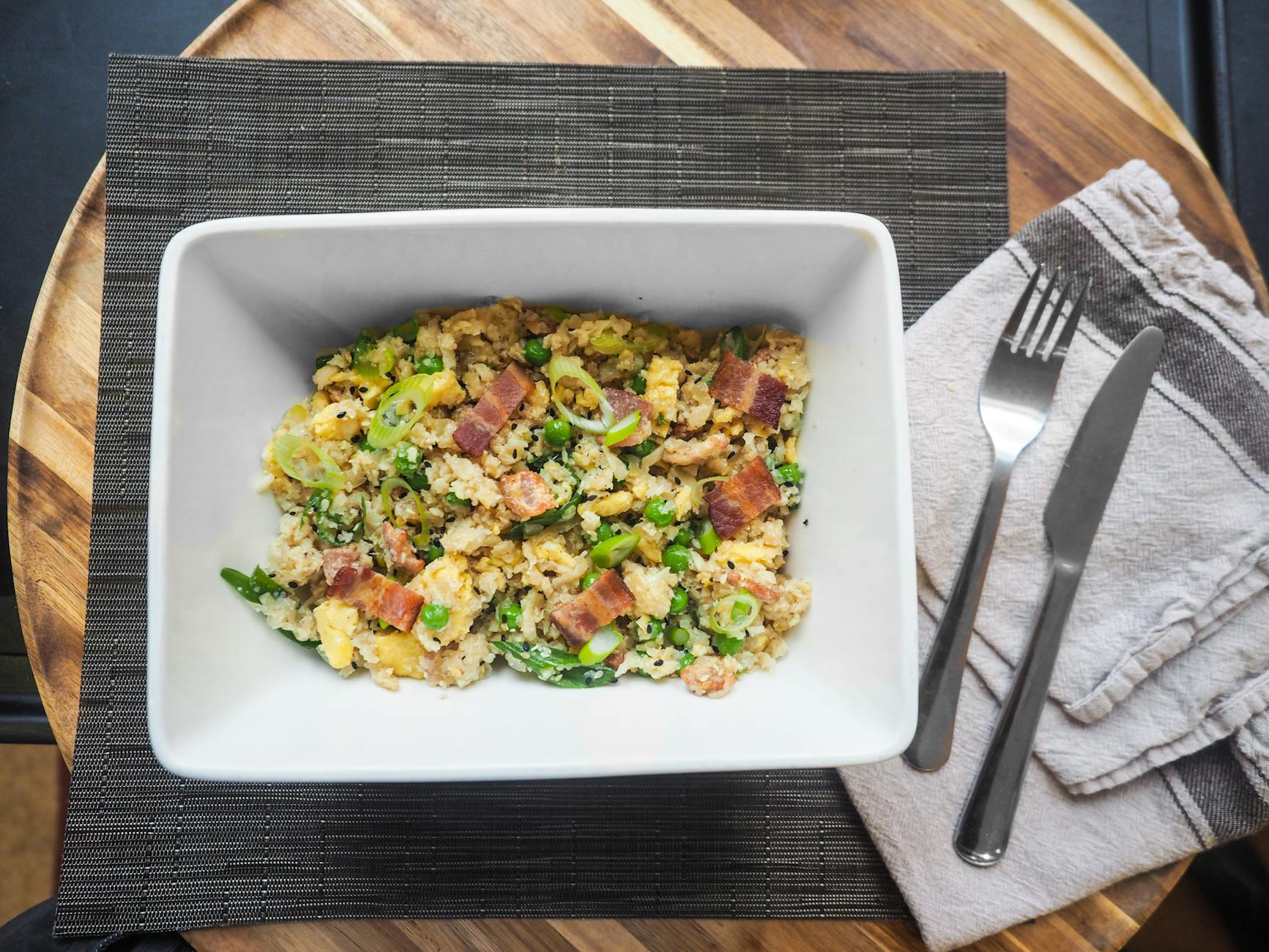
Grey Peas with Bacon (Pelēkie zirņi ar speķi)
A Latvian national dish, grey peas with bacon represents resilience and heritage, having sustained Latvians through tough times. This hearty meal combines boiled grey peas with smoked bacon and onions, often served with a side of rye bread and kefir. It's a staple at celebrations and family gatherings.
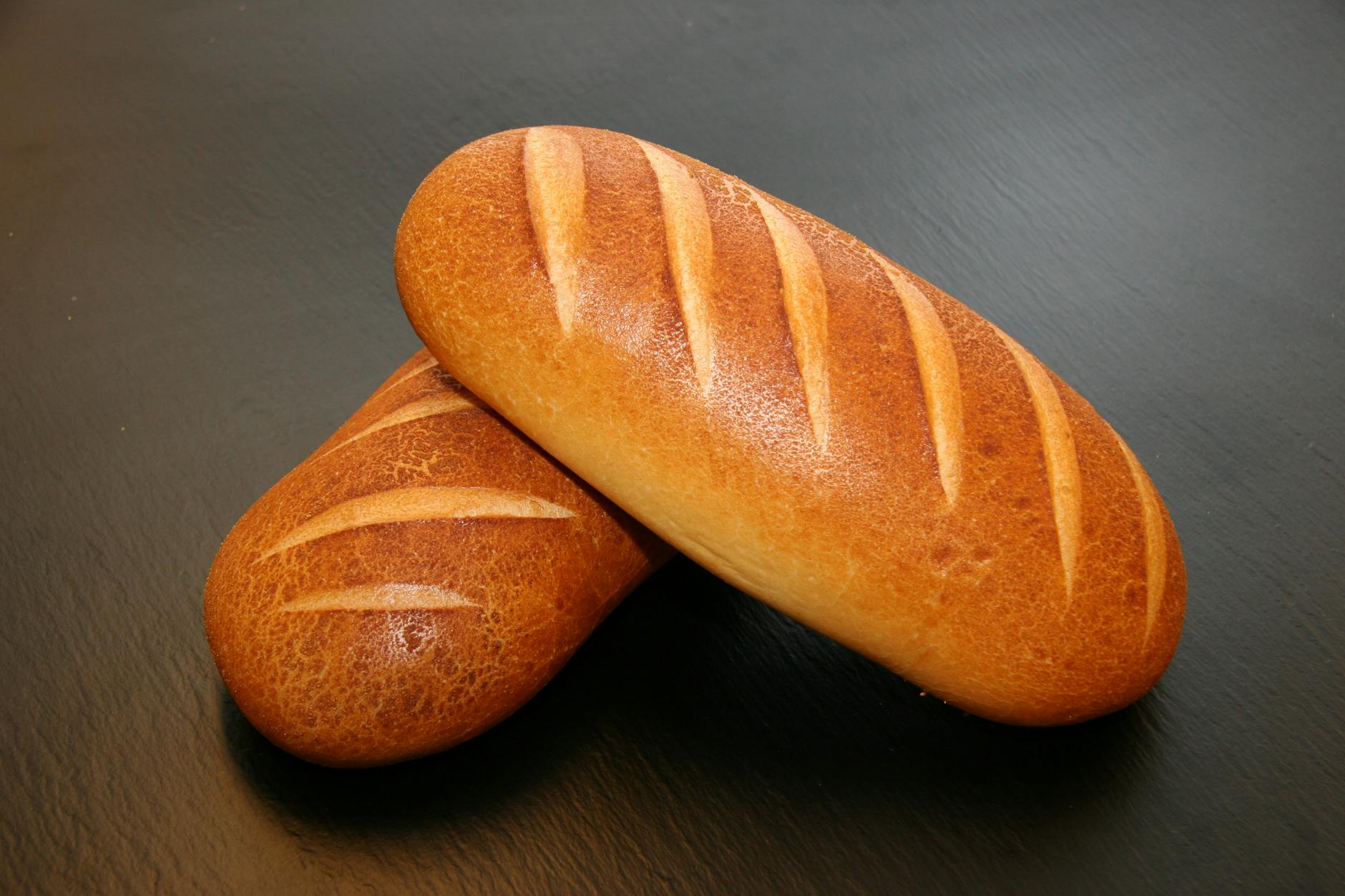
Rye Bread (Rupjmaize)
Dark and dense, rye bread is a cornerstone of Latvian cuisine. More than just a food, it symbolizes prosperity and hospitality. It's eaten with almost every meal, used in desserts, and even brewed into kvass.
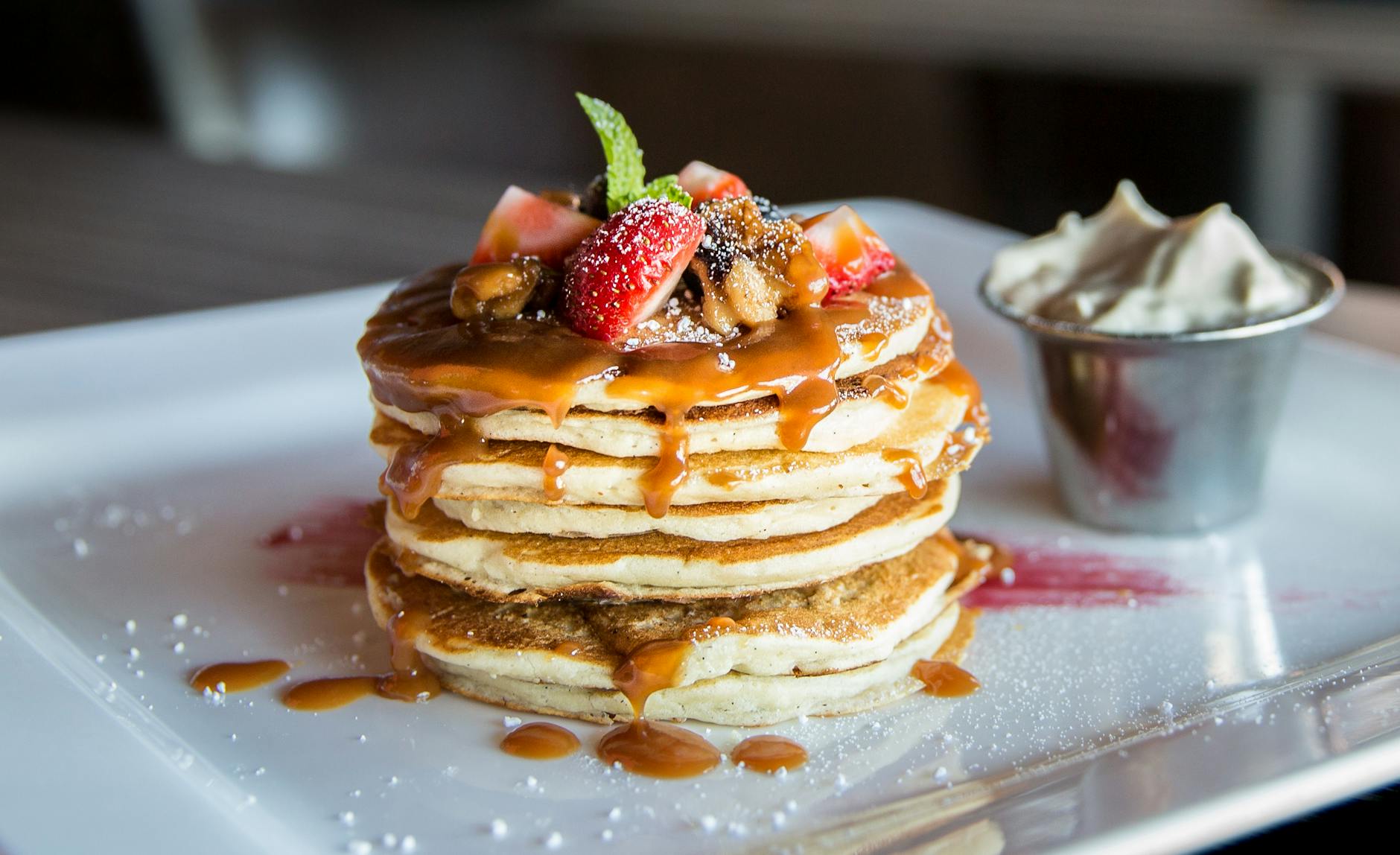
Potato Pancakes (Kartupeļu pankūkas)
These savory pancakes are a beloved Latvian comfort food. Made with grated potatoes, onions, and eggs, they are often served with sour cream and lingonberry jam, creating a sweet and savory combination.

Cold Beetroot Soup (Aukstā zupa)
A refreshing summer soup, cold beetroot soup is a vibrant and colorful dish. Made with beets, kefir, cucumbers, dill, and hard-boiled eggs, it's a light and flavorful meal perfect for hot weather.
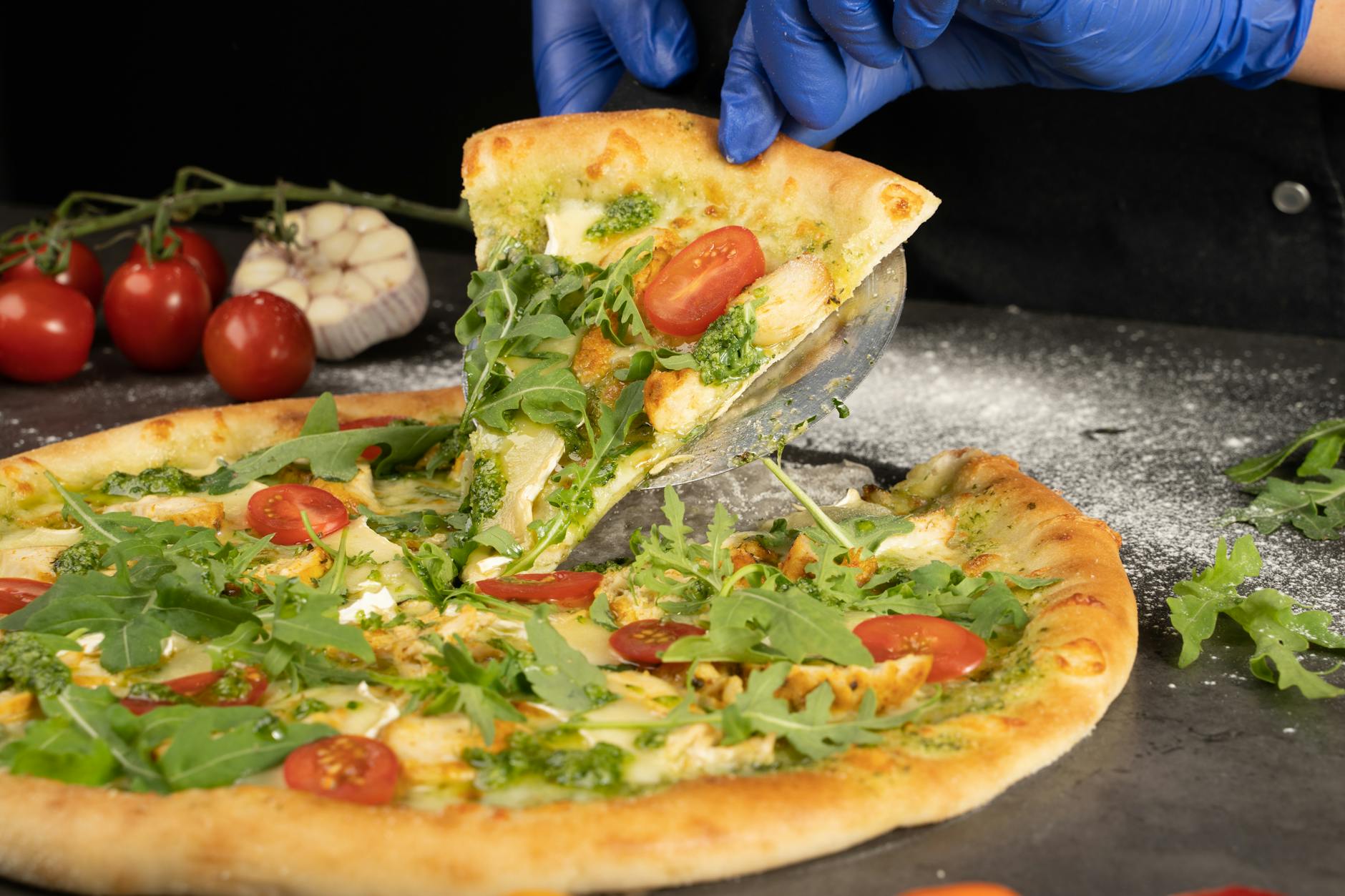
Jāņi Cheese (Jāņu siers)
A traditional Latvian cheese made specifically for the Midsummer celebration (Jāņi). This caraway-studded cheese has a firm texture and a distinct flavor. It is often enjoyed with rye bread and beer.
Regional Specialties & Local Favorites
Discover the authentic regional dishes and local favorites that showcase Latvia's diverse culinary traditions.

Grey Peas with Bacon (Pelēkie zirņi ar speķi)
A Latvian staple, grey peas with bacon represents strength and resilience. Traditionally eaten during winter solstice, it is now enjoyed year-round. The peas are small, speckled, and boiled until soft, then fried with bacon and onions.

Potato Pancakes (Kartupeļu pankūkas)
These grated potato pancakes are a beloved Latvian comfort food, often served with sour cream and lingonberry jam. Simple yet satisfying, they are a common side dish or a light meal.

Rye Bread (Rupjmaize)
Dark rye bread is a cornerstone of Latvian cuisine. It's dense, flavorful, and holds a significant cultural value, symbolizing prosperity and well-being.

Cold Beetroot Soup (Aukstā biešu zupa)
A refreshing summer soup made with beetroot, kefir, cucumbers, and dill. This vibrant pink soup is a light and healthy option, perfect for hot weather.
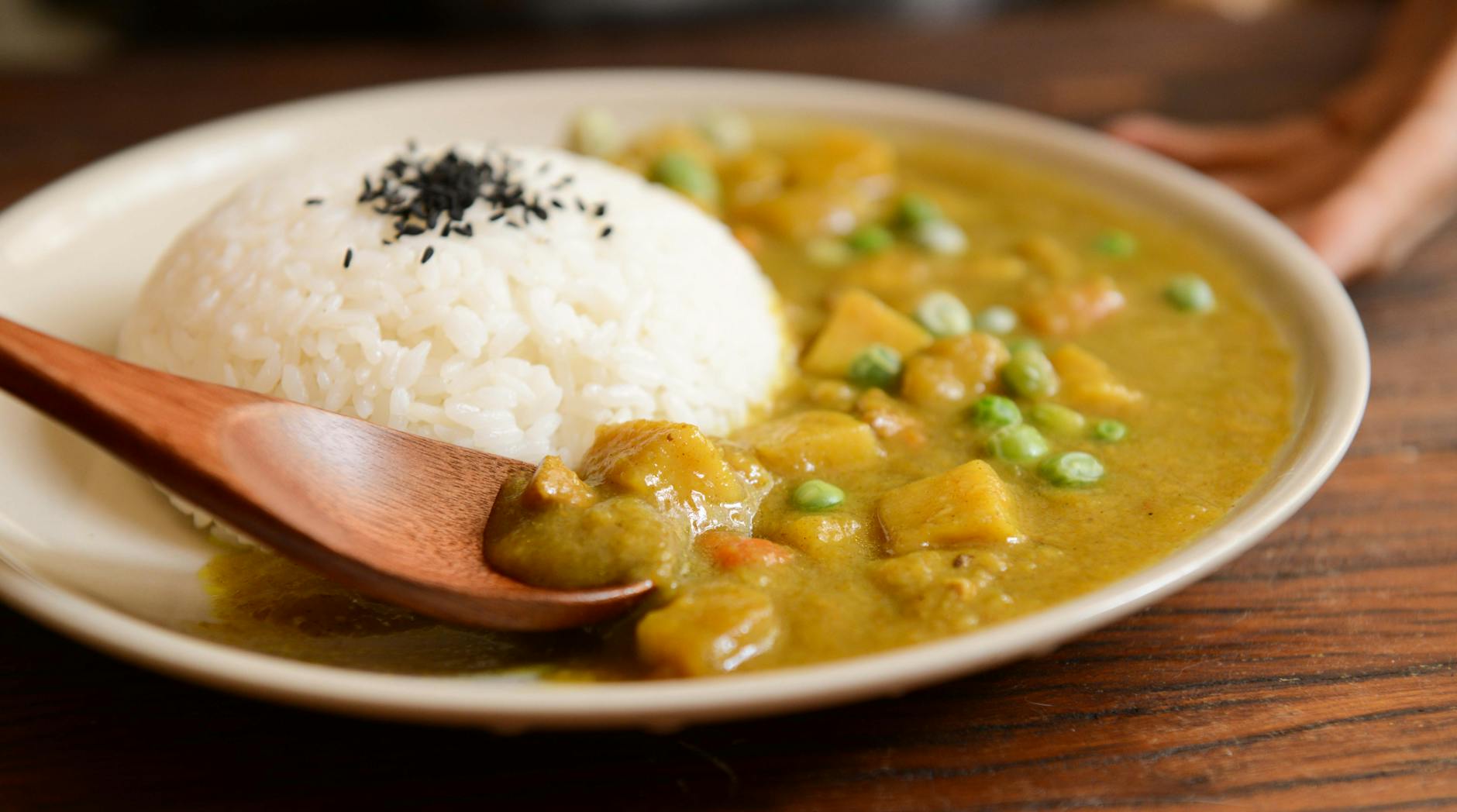
Herring with Potatoes (Siļķe ar kartupeļiem)
Salted herring served with boiled potatoes, onions, and sour cream. This simple dish is a classic representation of Latvian coastal cuisine.

Jāņi Cheese (Jāņu siers)
A traditional caraway cheese enjoyed especially during the summer solstice celebration of Jāņi. Made with cow's milk and caraway seeds, it has a distinctive flavor and firm texture.
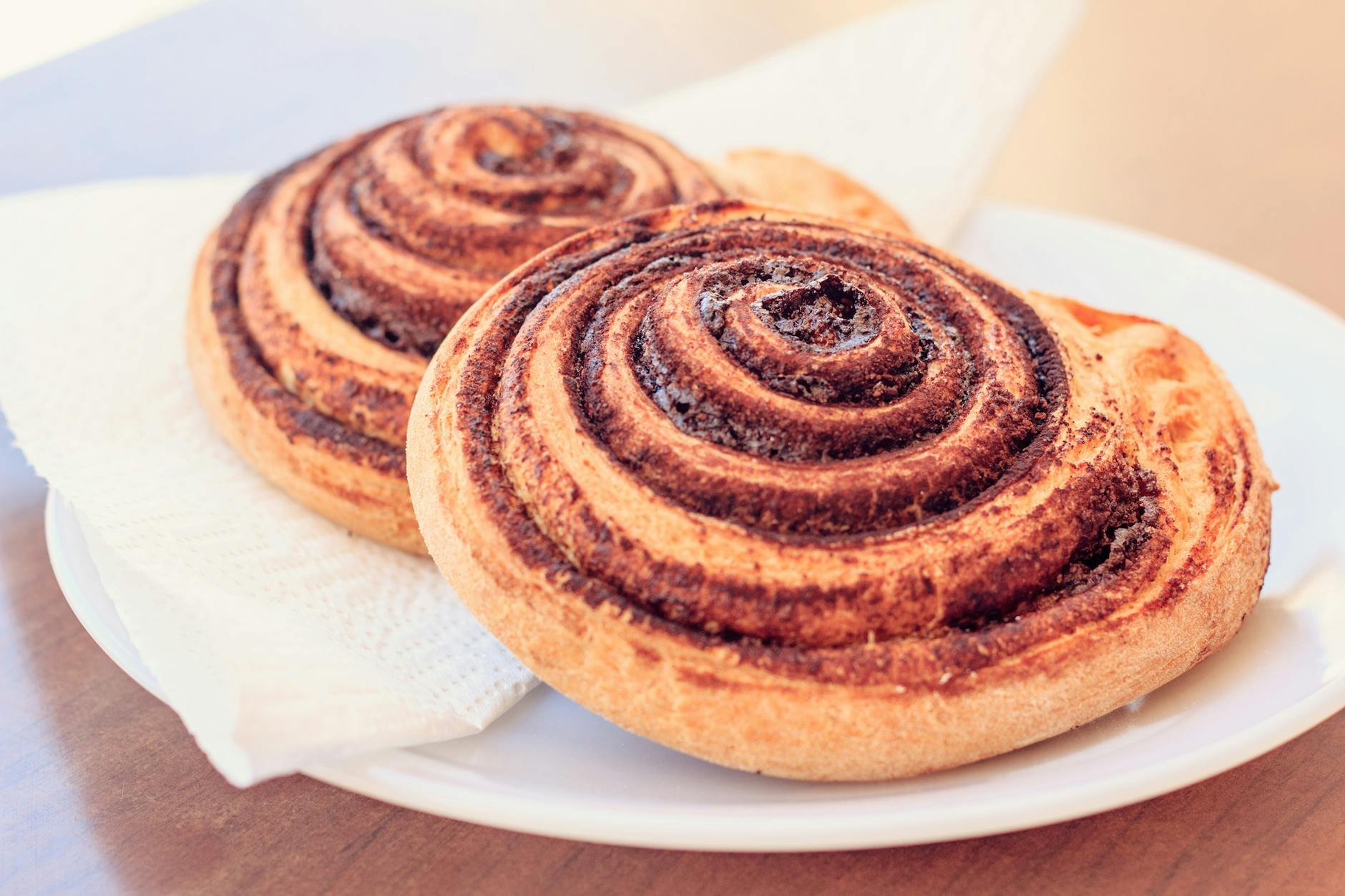
Layered Rye Bread Dessert (Rupjmaizes kārtojums)
This dessert cleverly utilizes rye bread crumbs layered with whipped cream and often sweetened with fruit preserves or cranberries. It's a unique and surprisingly delicious Latvian treat.
Regional Cuisine Highlights
Explore the diverse culinary landscapes across different regions of Latvia.
Vidzeme
Vidzeme cuisine is known for its hearty, rustic dishes featuring locally sourced ingredients like potatoes, mushrooms, and game. Dairy products also play a significant role, with a focus on fresh cheeses and sour cream. The region's proximity to forests and lakes ensures the abundance of wild berries and fish in local dishes.
Signature Dishes:
- Sklandrausis
- rye bread
- smoked meats
- mushroom dishes
- potato pancakes
- fresh cheeses
Key Ingredients:
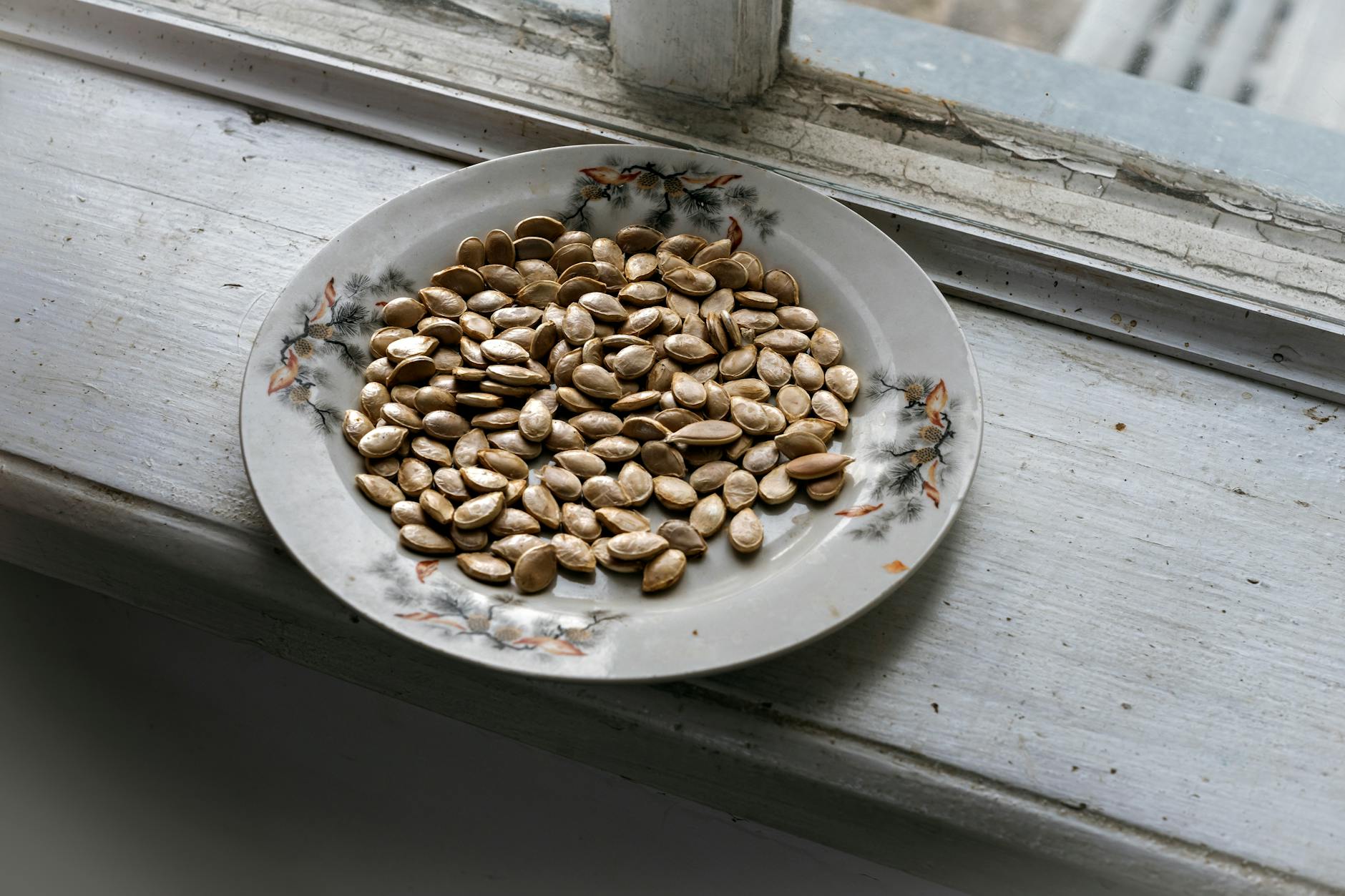
Kurzeme
Coastal Kurzeme offers a cuisine rich in seafood, including herring, cod, and flounder. The region's fertile plains contribute to the abundance of root vegetables and grains. Smoked fish and meat are also prominent, reflecting the region's history of fishing and farming. A slightly sweeter palate is noticeable in some dishes.
Signature Dishes:
- Smoked fish
- herring
- klopsi (meatballs)
- root vegetable stews
- rye bread
- skābputra (sour milk porridge)
Key Ingredients:
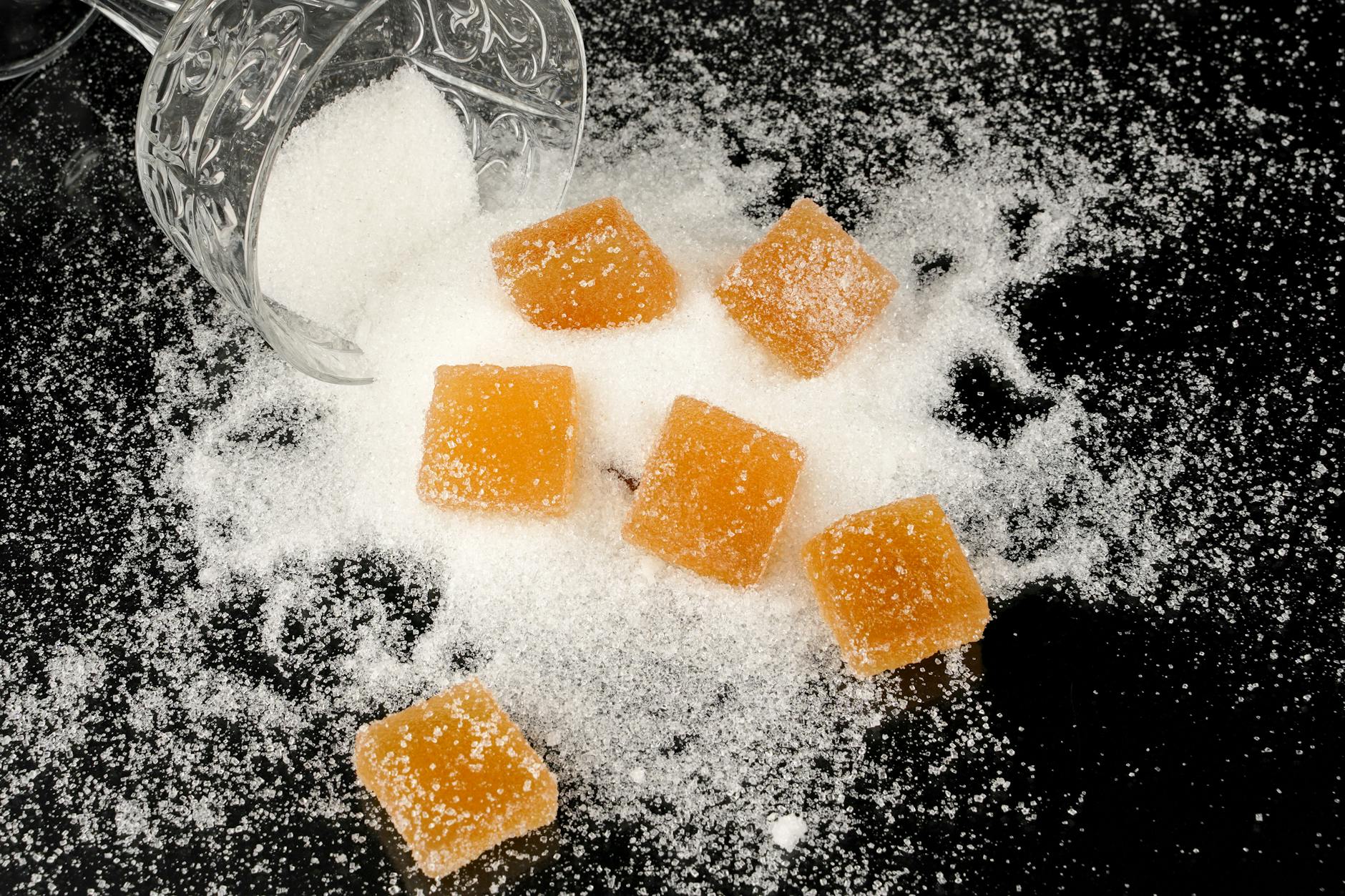
Latgale
Latgale, influenced by its Eastern European neighbors, showcases a unique blend of flavors. Hearty soups, stews, and dumplings are common features. Buckwheat, potatoes, and mushrooms are key ingredients, reflecting the region's agricultural traditions. The use of spices like caraway and dill is also prevalent.
Signature Dishes:
- Rye bread
- potato pancakes
- buckwheat porridge
- mushroom soup
- smoked meats
- piragi (savory pastries)
Key Ingredients:
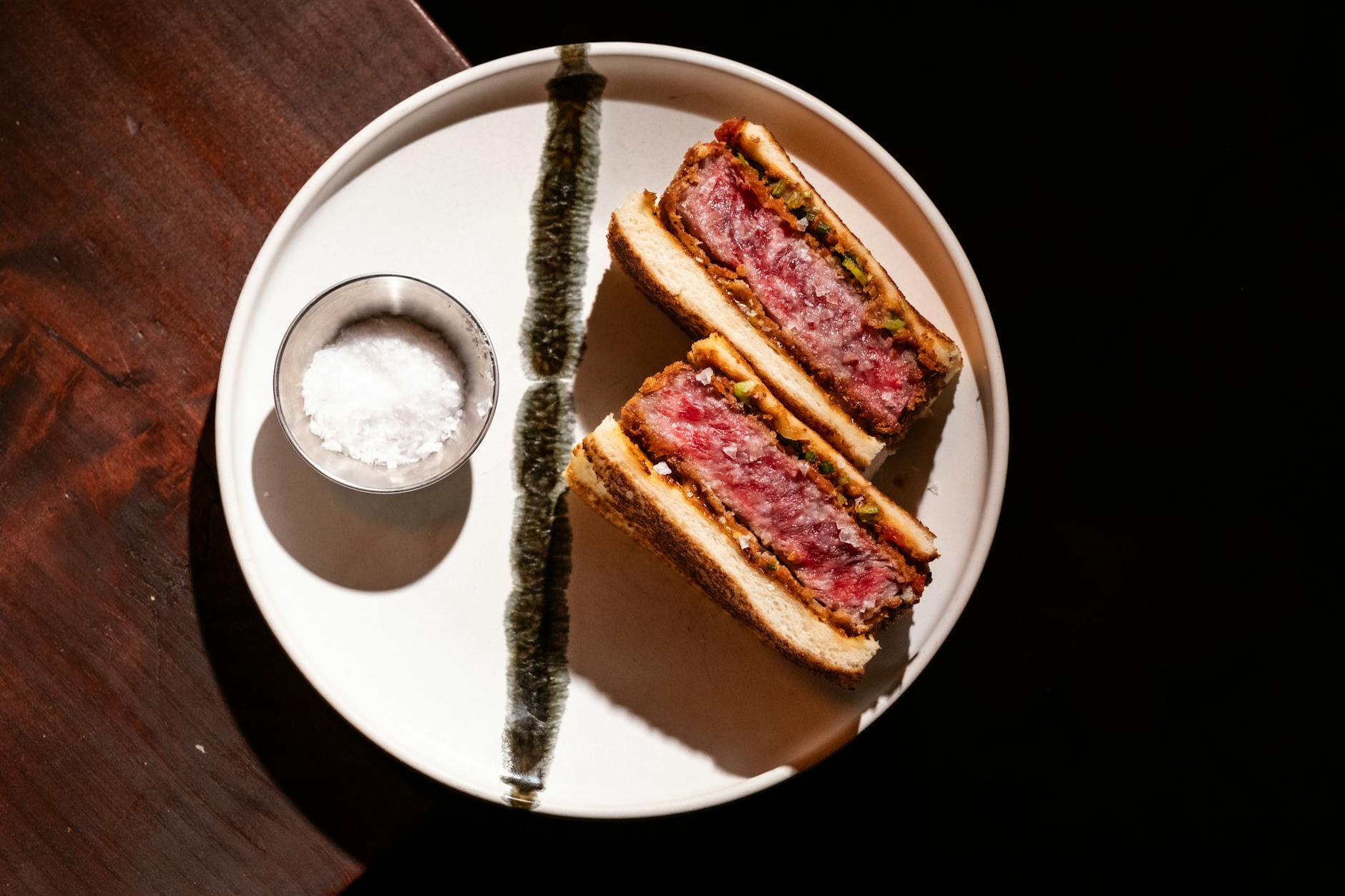
Zemgale
Zemgale, known as the 'breadbasket of Latvia,' boasts fertile land and a rich agricultural heritage. Its cuisine emphasizes grains, dairy products, and pork. Hearty and filling dishes are typical, reflecting the region's farming traditions. Fresh produce and herbs are also incorporated into many dishes.
Signature Dishes:
- Pork dishes
- dairy products
- rye bread
- vegetable stews
- fruit pies
- fresh cheeses
Key Ingredients:
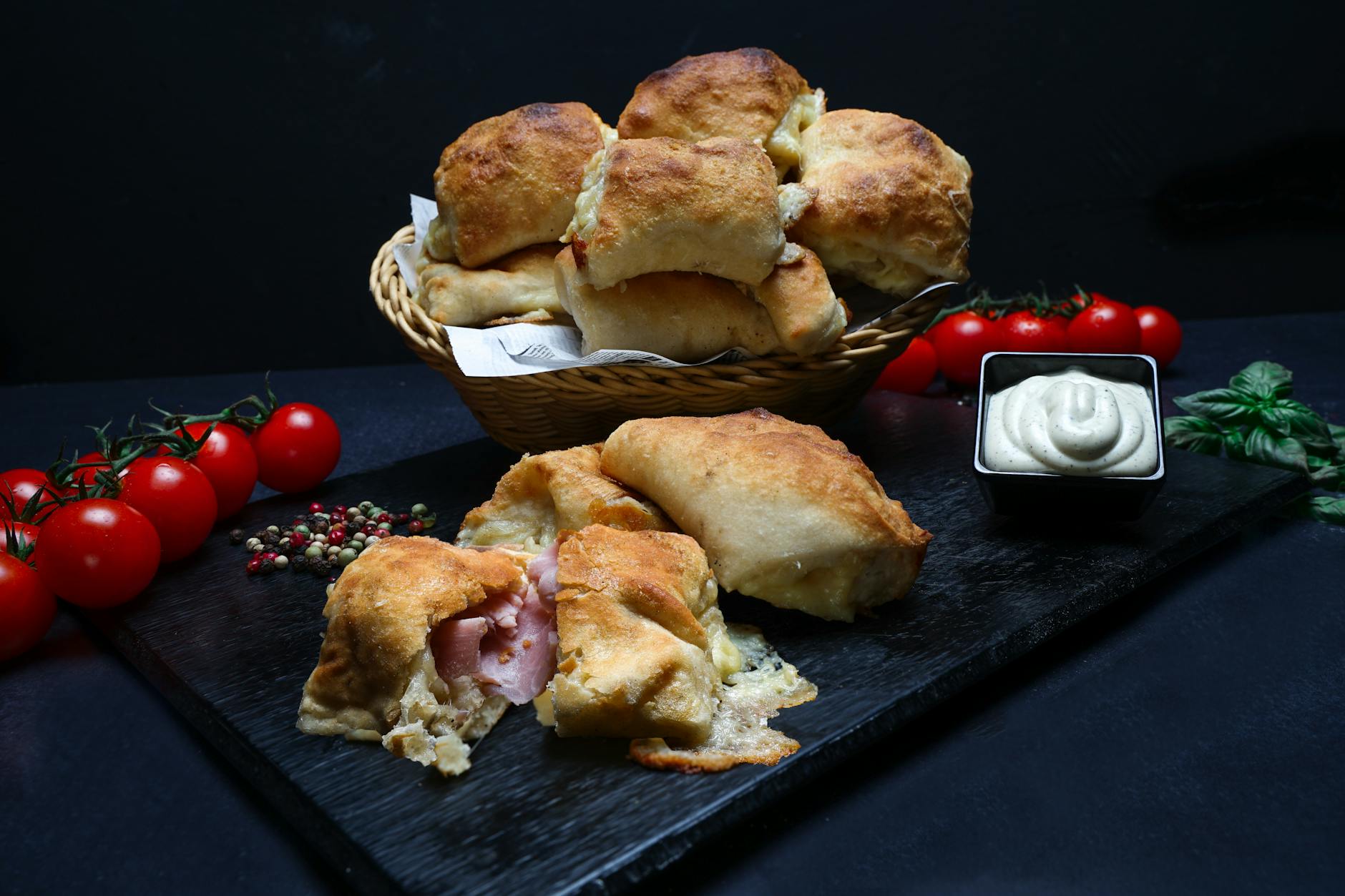
Rīga
As Latvia's capital and largest city, Rīga's cuisine is a melting pot of influences, showcasing both traditional Latvian dishes and international flavors. Seafood, particularly from the nearby Baltic Sea, is prominent. The city's cosmopolitan nature has led to a diverse culinary scene, with a focus on modern interpretations of classic dishes.
Signature Dishes:
- Seafood dishes
- rye bread
- pastries
- international cuisine
- modern Latvian cuisine
- craft beer
Key Ingredients:

Sweet Delights & Desserts
Indulge in Latvia's traditional sweet treats and desserts.

Rye Bread Pudding (Rupjmaizes kārtojums)
A layered dessert featuring rye bread, whipped cream, cranberries, and sometimes jam. Rye bread holds significant cultural importance in Latvia, symbolizing prosperity and sustenance. This dessert utilizes leftover bread, reflecting a tradition of minimizing food waste.

Buberts (Buberts)
A semolina porridge dessert, similar to a creamy pudding, often flavored with berries and fruit. Buberts has been a Latvian staple for centuries, providing a comforting and nutritious meal or dessert.

Alexander Torte (Aleksandra kūka)
A rich and decadent layered cake created in honor of Tsar Alexander II's visit to Riga. It consists of macaroon layers, raspberry jam, and a creamy filling.

Kliņģeris (Kliņģeris)
A traditional Latvian pastry, often crescent-shaped, filled with a savory filling, traditionally bacon and onions, but sweet variations with jam or cottage cheese also exist.

Sklandrausis (Sklandrausis)
A traditional Livonian carrot and potato pie. Represents the cultural heritage of the Livonian people, an indigenous group in Latvia.
Traditional Beverages
Discover Latvia's traditional drinks, from locally produced spirits to regional wines.

Rīgas Melnais Balzams (Rīgas Melnais Balzams)
A traditional Latvian herbal bitter liqueur dating back to 1752. Originally created as a medicinal drink, it gained popularity for its unique flavor and is often consumed as a digestif or used in cocktails.
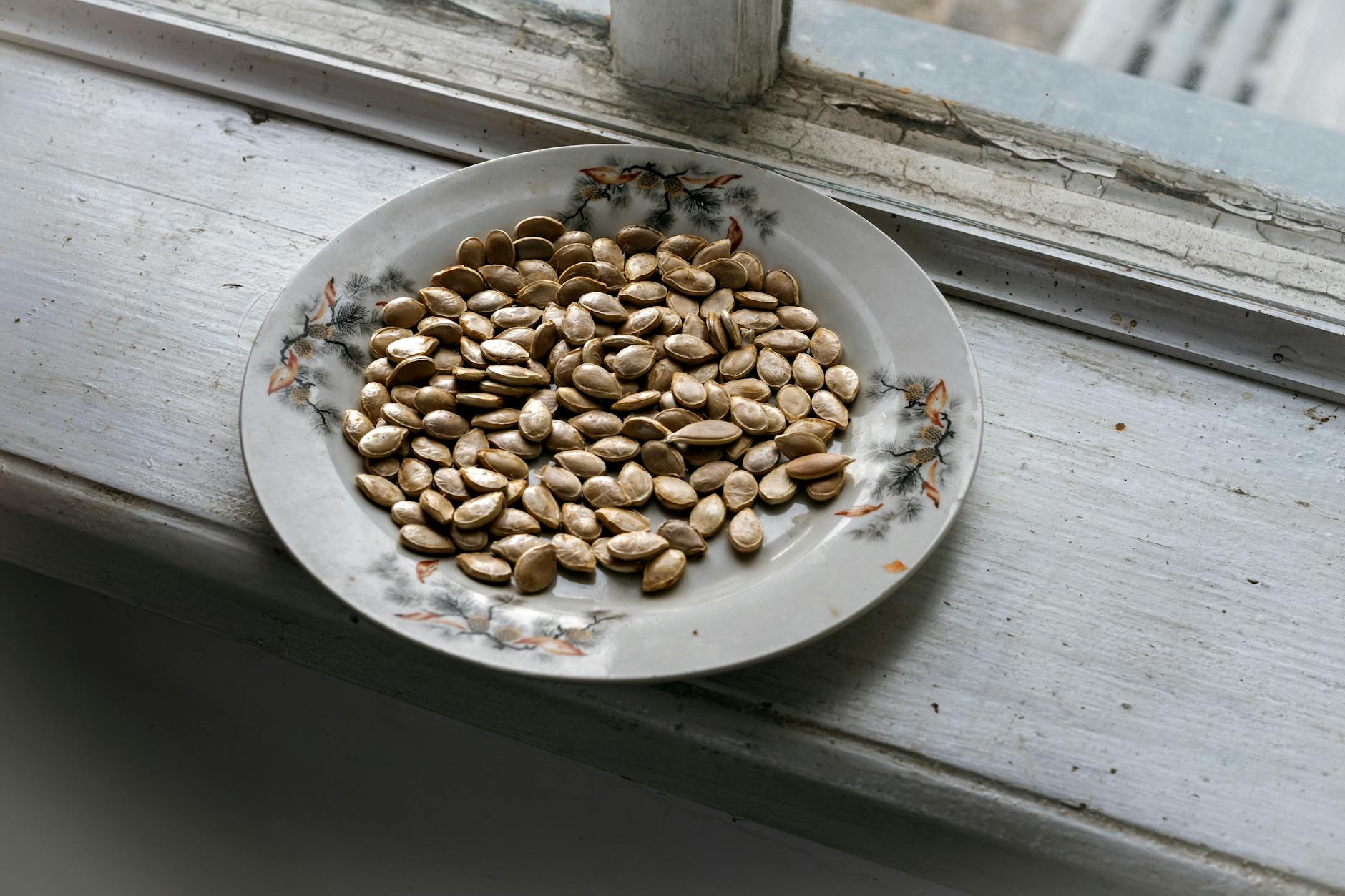
Ķimelis (Ķimelis)
A caraway liqueur similar to kümmel, believed to have originated in the 16th century. It has a distinct caraway flavor and is traditionally enjoyed neat after a meal as a digestif.
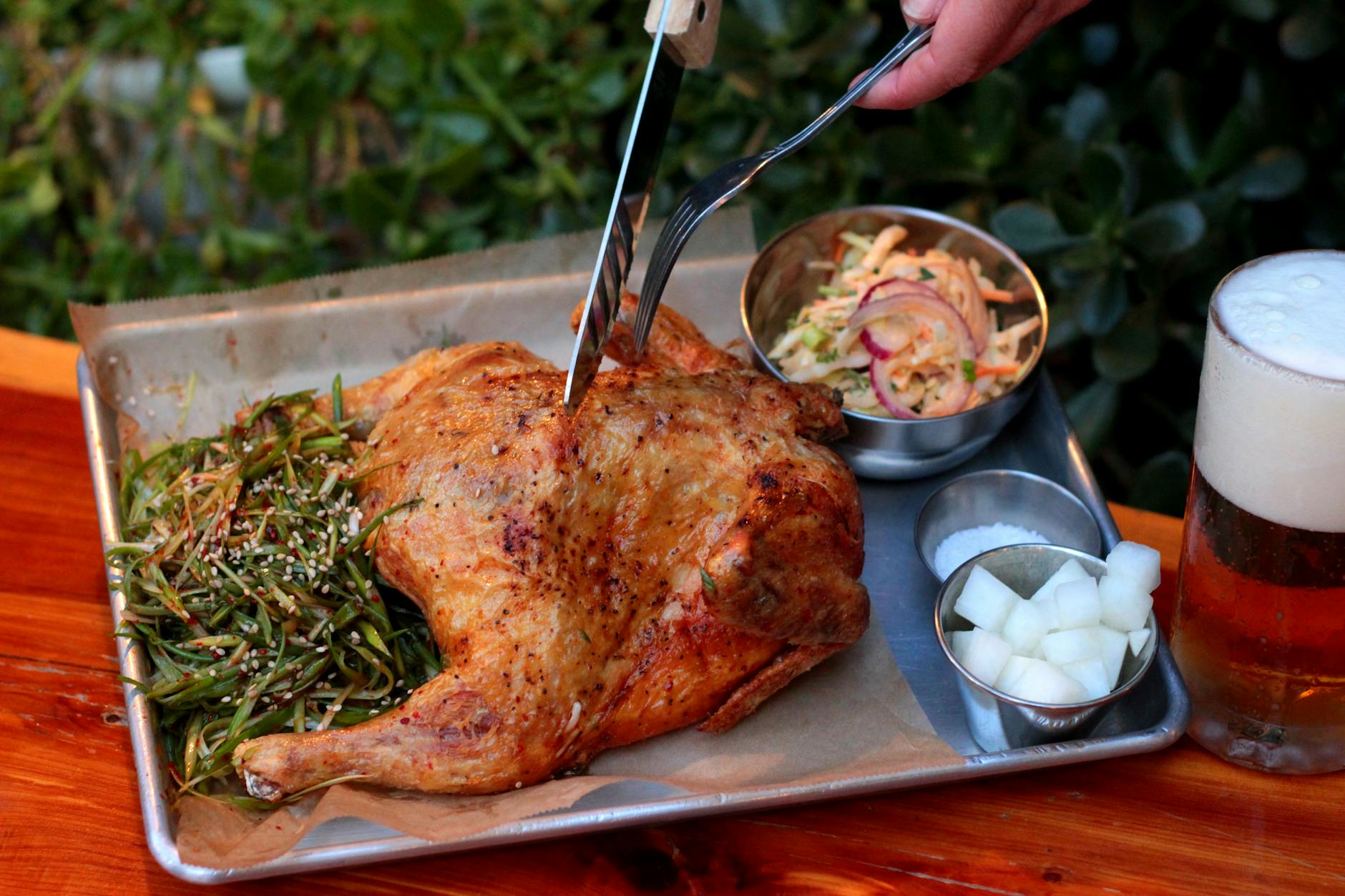
Latvian Beer (Latviešu alus)
Latvia has a long brewing tradition, with various styles of beer being produced. Traditional Latvian beers often feature local ingredients and brewing methods, offering diverse flavors from light lagers to dark porters.
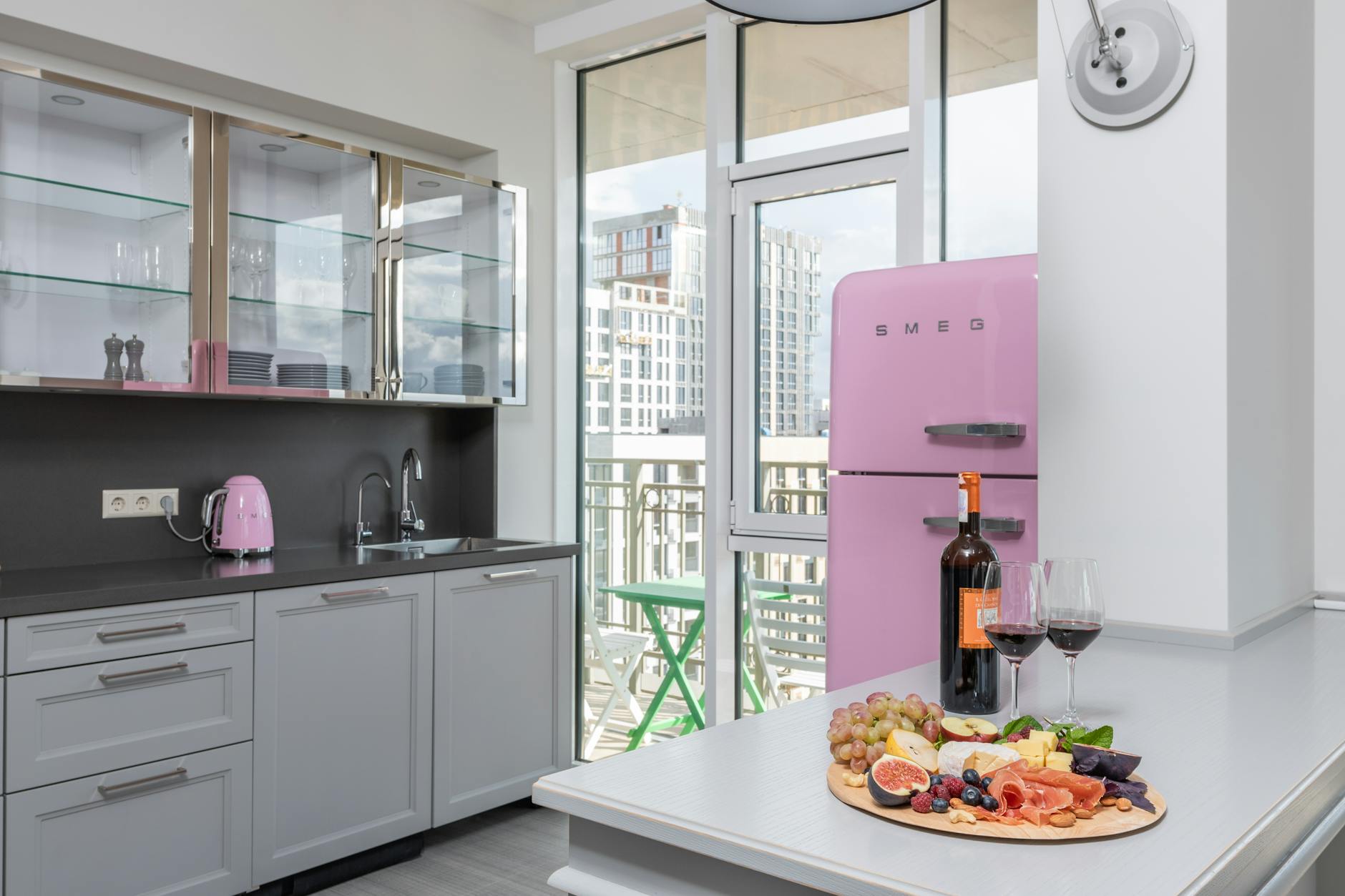
Fruit Wine (Augļu vīns)
While not as prominent as beer or spirits, Latvia produces a variety of fruit wines, often using local berries and fruits like apples, currants, and cranberries. These wines provide a sweeter alternative to grape wines.
Soft Beverages
Discover Latvia's traditional non-alcoholic drinks, from local teas to refreshing juices.
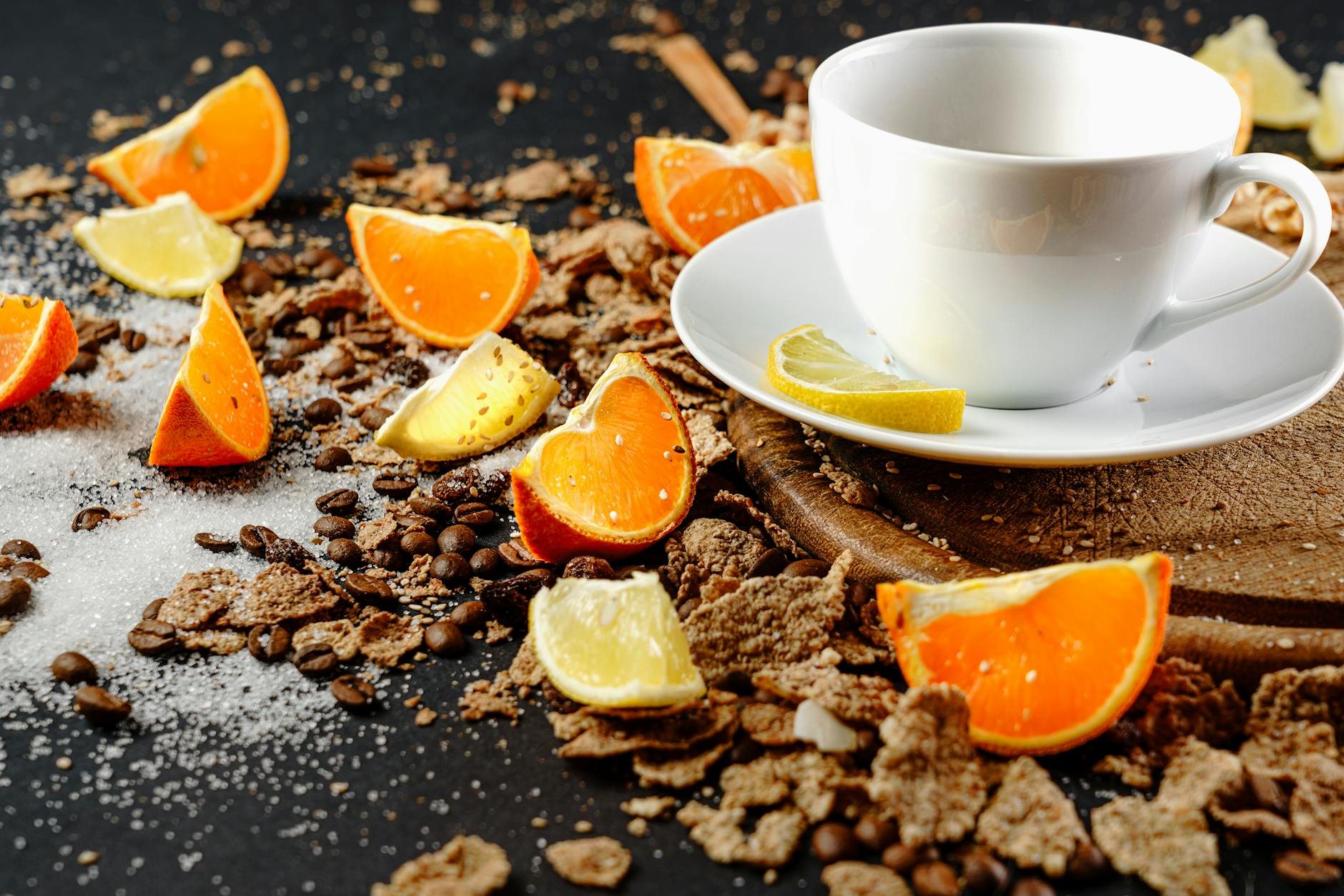
Kvass (Kvass)
Kvass is a fermented beverage traditionally made from rye bread. It has a slightly sweet and sour flavor and is a popular summertime drink in Latvia. Historically, it was a common drink across Eastern Europe, often brewed at home or in monasteries. It's seen as a refreshing and slightly healthier alternative to soda.
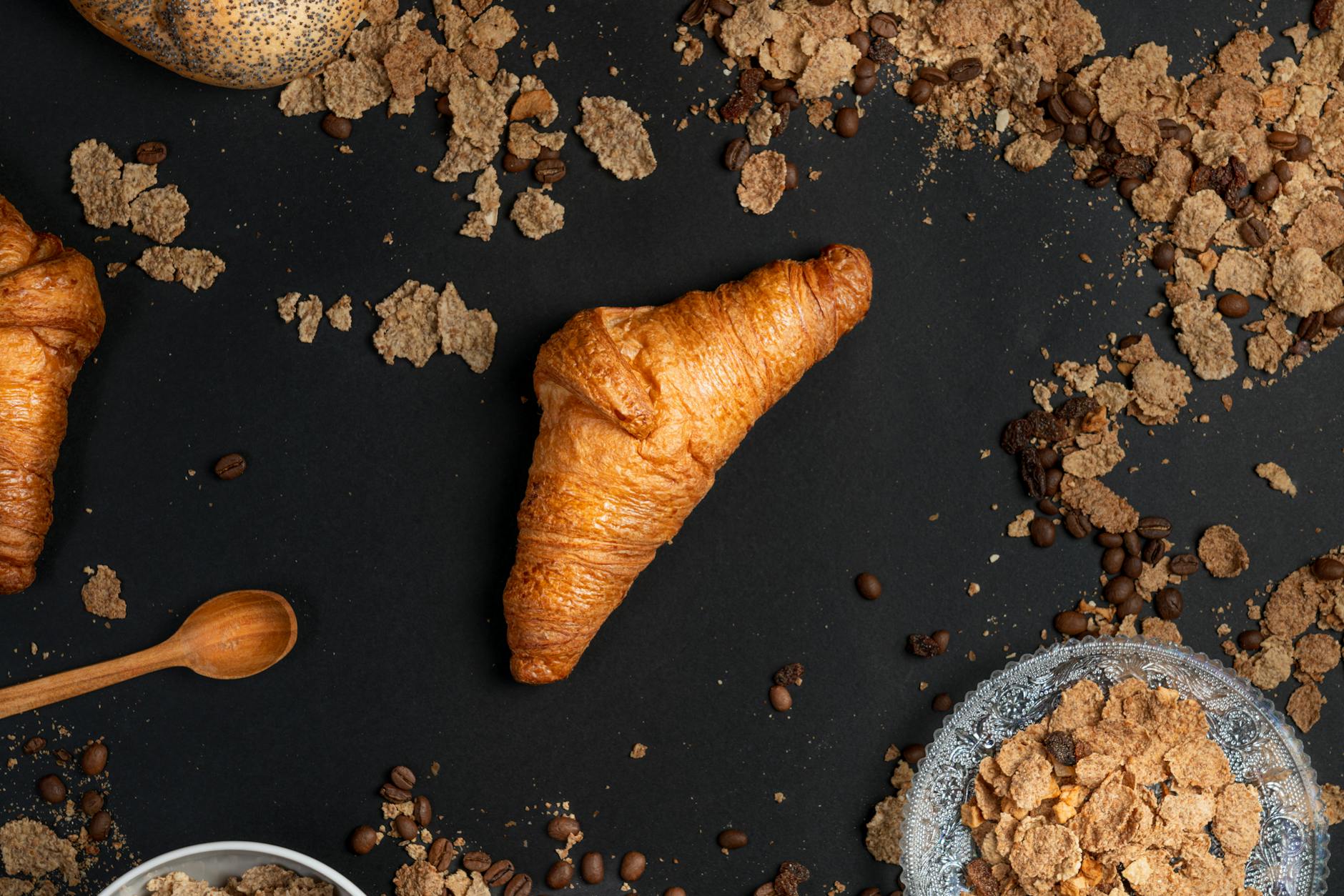
Bērzu Sula (Birch Sap)
Birch sap is a thin, slightly sweet, watery sap harvested from birch trees in early spring. It is a traditional drink in Latvia, seen as a natural tonic and a symbol of spring's arrival. The practice of tapping birch trees for sap goes back centuries.

Ķīseļa Dzēriens (Kissel Drink)
Kissel is a thick, fruit-based drink, slightly jelly-like in consistency. It can be made with various berries and fruits, often served as a dessert or a comforting drink. It has a long history in Eastern European cuisine, including Latvia.
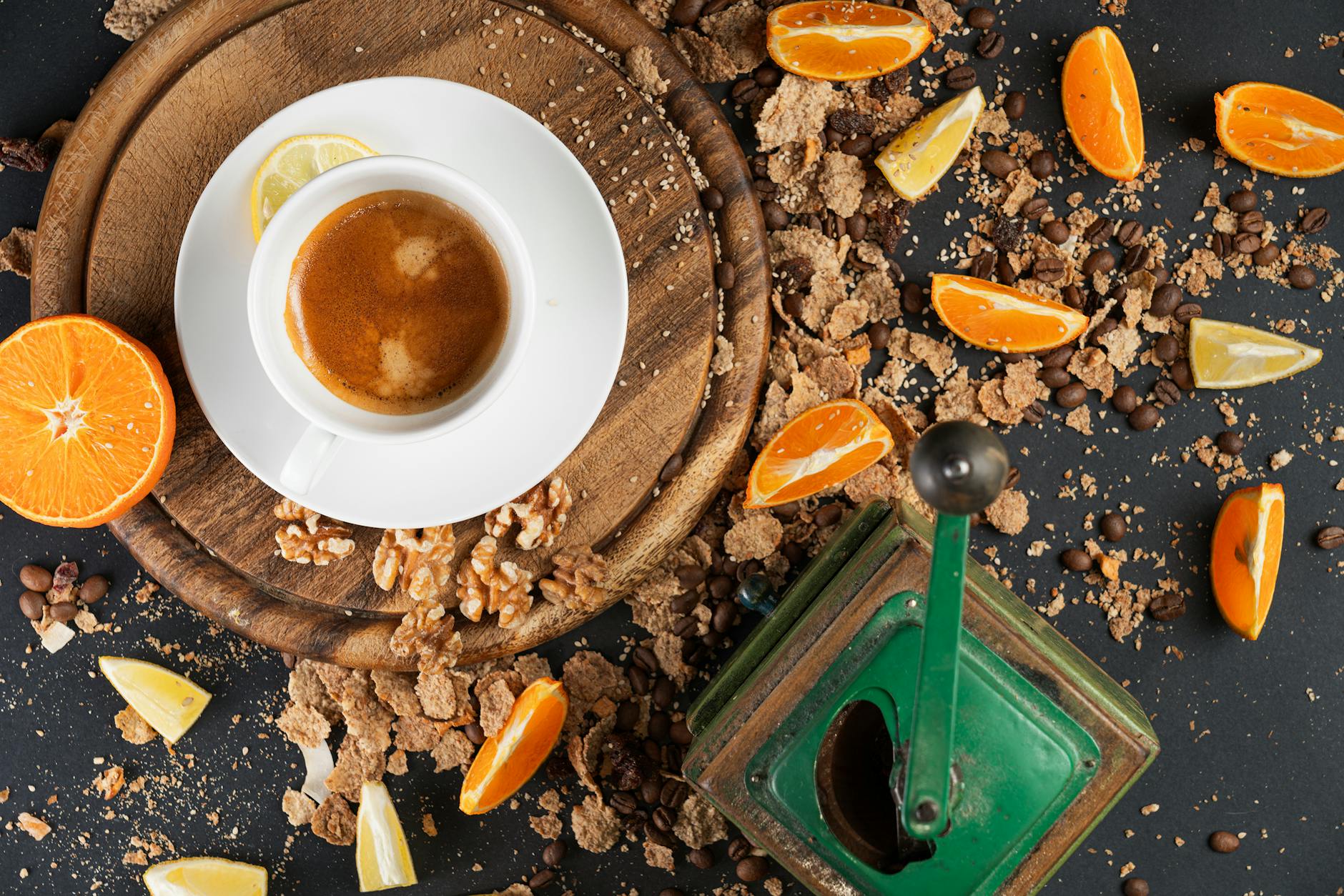
Kompots (Kompots)
Kompot is a non-alcoholic fruit drink, typically made by stewing fruit such as rhubarb, apples, berries or other fruits in a large volume of water, often with the addition of sugar or raisins. It's a popular drink across Eastern Europe, especially enjoyed during the colder months in Latvia. It is often served after a meal.

Herbal Tea (Zāļu Tēja)
Herbal teas, often made with locally foraged ingredients like chamomile, mint, or linden blossoms, are a common beverage in Latvia. They are considered both refreshing and healthful. Many families have their own traditional blends, often passed down through generations.